Most Pennsylvanians know our state for its beautiful landscape and rich history. What many don’t realize is that beneath this surface lies valuable treasures that sometimes attract criminals. Our rocks, minerals, gems, and gold have been targets of shocking thefts over the years.
Pennsylvania’s geology offers many precious items worth stealing. From the anthracite coal regions to the quartz crystal deposits, our state has a wealth of natural resources. These treasures can fetch high prices on both legal and illegal markets.
The appeal of stealing these items goes beyond just money. Some thieves are collectors themselves who desire rare specimens. Others work with networks that sell stolen goods to international buyers far from Pennsylvania.
Law enforcement across our state works hard to solve these unusual crimes. They face unique challenges when tracking stolen rocks and minerals. The items can be hard to identify once removed from their displays or documentation.
The Greatest Rock, Mineral, Gem, and Gold Heists In Pennsylvania
Here are some of the most notorious mineral and gemstone thefts ever recorded in Pennsylvania, leaving communities and collectors stunned.
America’s First Bank Heist -$3,000,000+
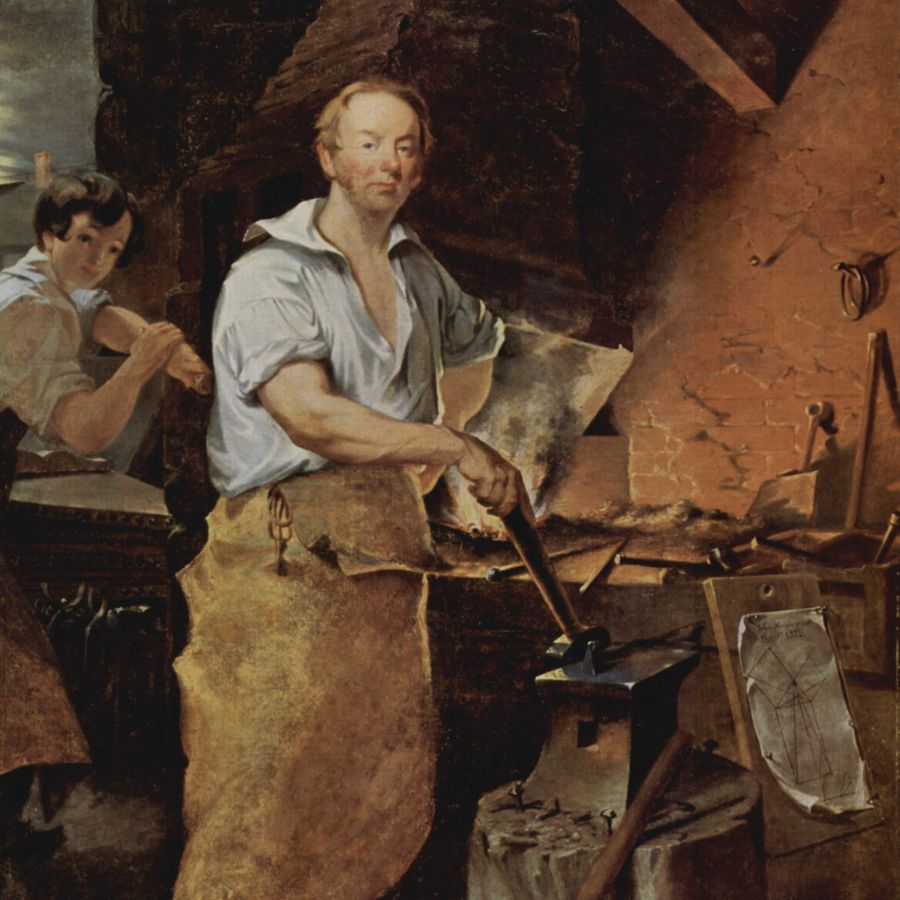
In the closing years of the 18th century, Philadelphia, then the nation’s capital, was a bustling hub of political and economic activity. Amidst this backdrop, the Bank of Pennsylvania operated from Carpenters’ Hall, a building with historical significance.
Despite the bank’s prominence, security measures of the time were relatively rudimentary, relying heavily on trust and basic physical barriers.
On the night between August 31 and September 1, 1798, the bank fell victim to what is considered America’s first major bank robbery. Thieves made off with $162,821—a staggering amount for the era. The heist was meticulously planned and executed, with no immediate signs of forced entry, leading authorities to suspect an inside job.
Initial investigations led to the arrest of Patrick Lyon, a blacksmith who had crafted the bank’s vault locks. Despite his protests of innocence, Lyon endured imprisonment, highlighting the period’s judicial challenges.
The real culprits were later identified as Isaac Davis, a member of the Carpenters’ Company, and Thomas Cunningham, the bank’s porter.
Davis’s conspicuous spending post-robbery aroused suspicion, leading to his confession. Remarkably, he secured a pardon in exchange for returning the stolen funds, though a portion remained unaccounted for.
The value of the crime today
The $162,821 stolen in 1798 would equate to over $3 million today.
Doan Gang’s Bucks County Robbery – $350,000+
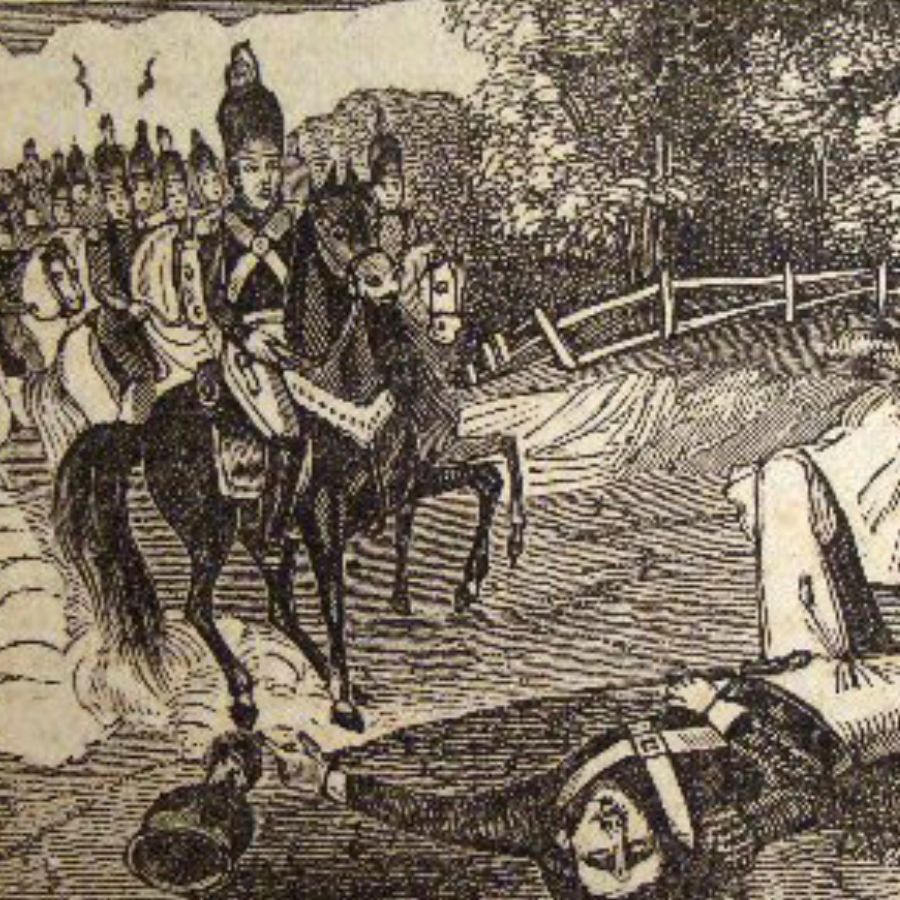
In the late 18th century, a group of Loyalist outlaws known as the Doan Gang made headlines with their audacious activities during the turmoil of the American Revolutionary War.
Comprising five brothers and their cousin from a Quaker family in Bucks County, Pennsylvania, the Doans were initially respected members of their community. However, their staunch Loyalist sympathies led them down a path of espionage, horse theft, and robbery.
On October 22, 1781, capitalizing on the chaos of war, the Doan Gang executed one of their most infamous acts: the robbery of the Bucks County Treasury in Newtown. Under the cover of night, they infiltrated the treasurer’s office, making off with 1,307 pounds sterling—a substantial sum at the time.
This heist not only dealt a financial blow to the local Patriot efforts but also cemented the Doans’ reputation as daring outlaws. Their ability to evade capture despite numerous manhunts added to their legendary status.
The stolen funds were never recovered, fueling local legends of buried treasure guarded by supernatural forces. Their actions have since become a subject of local folklore, symbolizing resistance and rebellion during a tumultuous period in American history.
The value of the crime today
The 1,307 pounds sterling stolen in 1781 would be approximately $350,000 today.
The Benninghoff Farm Oil Fortune Heist – $4,000,000+
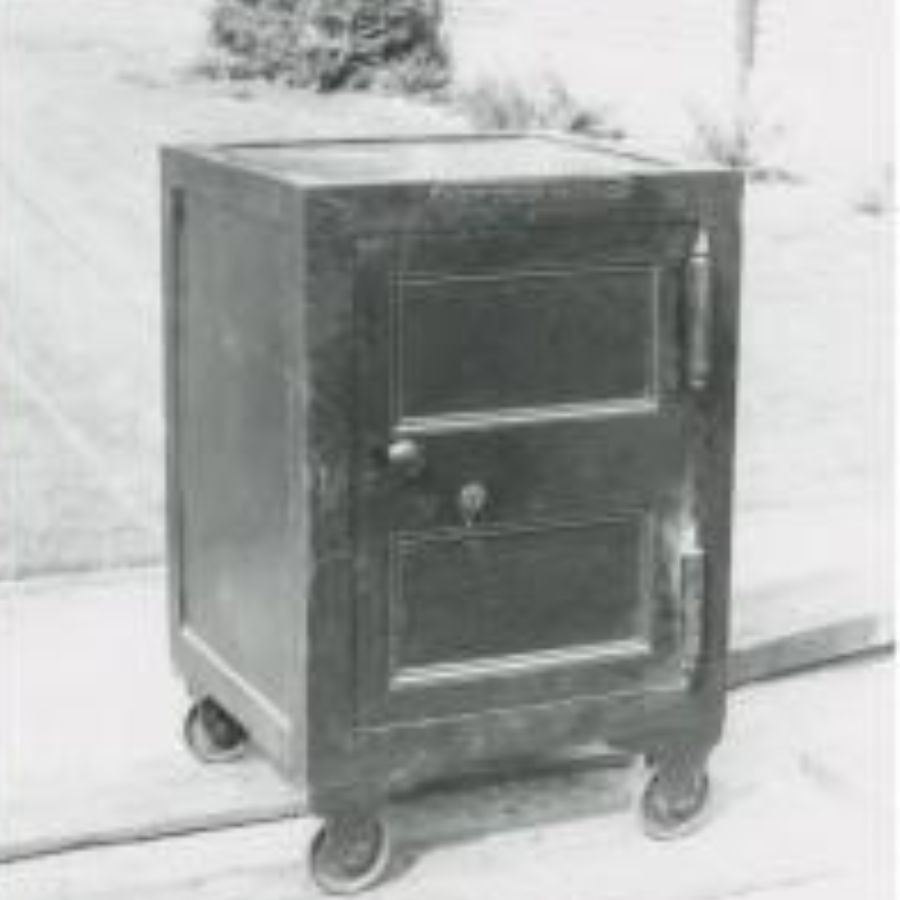
In the aftermath of the Civil War, Pennsylvania’s Oil Region experienced a boom, attracting individuals seeking fortune. John Benninghoff, a prominent figure in Petroleum Center, amassed considerable wealth from the burgeoning oil industry.
He chose to keep a substantial portion of his fortune in a safe at his farmhouse, a decision that would soon prove perilous.
On January 16, 1868, under the cloak of night, armed robbers stormed the Benninghoff residence. They subdued the household, binding the occupants, and proceeded to loot the safe. The thieves absconded with an estimated $250,000 to $500,000—a monumental sum for the time.
Despite extensive investigations, the perpetrators were never apprehended, and the stolen wealth was never recovered. The heist became emblematic of the risks inherent in the oil boom era, where vast fortunes could be made and lost overnight.
The value of the crime today
The stolen sum would be equivalent to approximately $4 million today.
Lost Civil War Gold of Dents Run – $54,000,000+

During the tumultuous years of the Civil War, numerous legends of lost treasures emerged, one of the most enduring being the tale of the missing Union gold in Dents Run, Pennsylvania.
According to lore, a Union convoy was transporting gold bars intended to support the war effort. Somewhere in the dense forests of Dents Run, the shipment vanished without a trace.
The disappearance sparked countless theories, ranging from Confederate ambushes to insider theft. Over the decades, treasure hunters scoured the area, driven by the allure of untold wealth.
In 2018, the FBI conducted an excavation based on a credible tip, with scans suggesting the presence of a large metallic mass underground. However, the agency reported that nothing was found, leaving the mystery unresolved.
The legend of the lost gold continues to captivate imaginations, symbolizing the enduring mysteries of America’s past.
The value of the crime today
Estimates suggest that the missing gold could be worth up to $54 million today. The exact quantity and value of the gold remain subjects of speculation.
Philadelphia Mint Gold Bars Theft – $4,000,000+
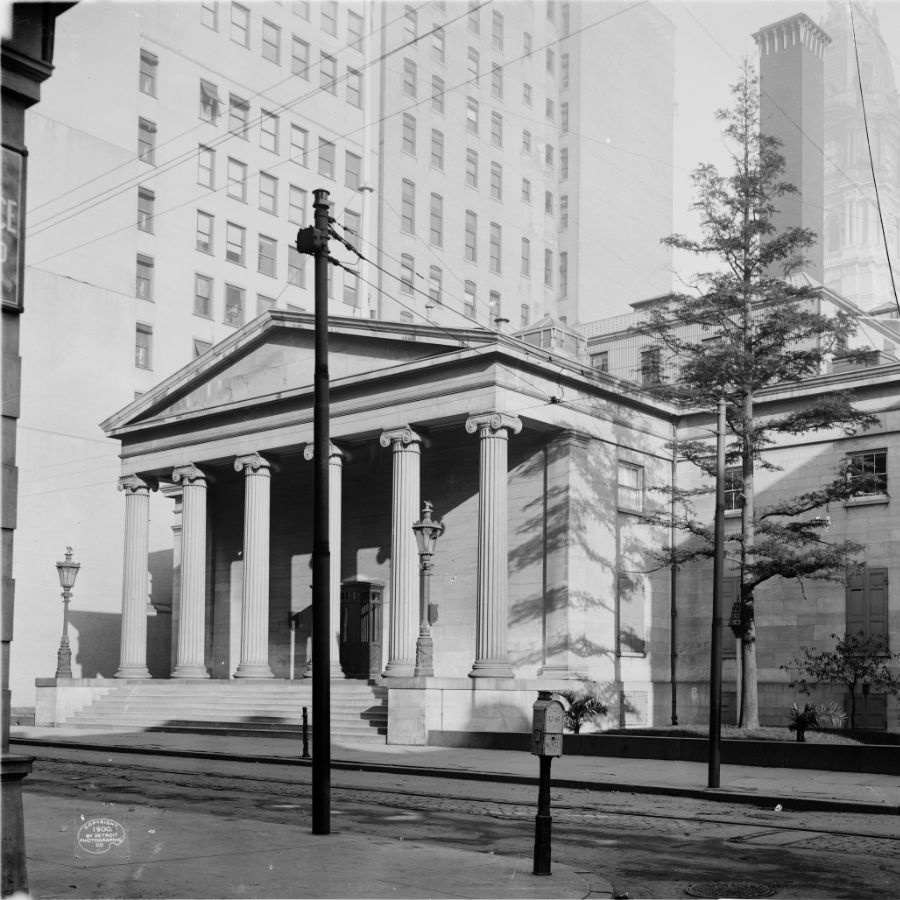
In the late 19th century, the Philadelphia Mint was a crucial institution in the United States, responsible for producing the nation’s coinage. Despite its significance, internal security measures were not foolproof.
In 1893, a significant theft occurred within its walls. Henry S. Cochran, a weighing clerk with a 40-year tenure, exploited a vulnerability in the mint’s vault design. The vault had a latticed door with small holes, and Cochran used a bent wire to manipulate gold bars through these openings.
Over approximately a decade, he embezzled around $134,000 in gold bars. His method involved pushing the topmost gold bar from a stack, moving it close to the door, and retrieving it through the rusty-hinged lattice.
The theft was discovered in 1893 when a large shortage came to light. Upon questioning, Cochran confessed, and authorities recovered $107,000 in gold bullion from his home and from a cache in the mint’s ventilation system. However, about $12,810 remained unaccounted for.
Initially, the mint’s superintendent, Oliver Bosbyshell, was held responsible for the loss. The government brought a suit against him after he left office in 1894, securing judgment against him and the sureties on his bond.
Bosbyshell appealed to the United States Court of Appeals for the Third Circuit, which ruled against him. He sought legislative relief, and on February 2, 1899, Congress absolved him of the debt, making the court case moot.
The value of the crime today
The $134,000 stolen in the 1890s would be equivalent to approximately $4 million today.
Stolen Double Eagle Coins – $80,000,000+
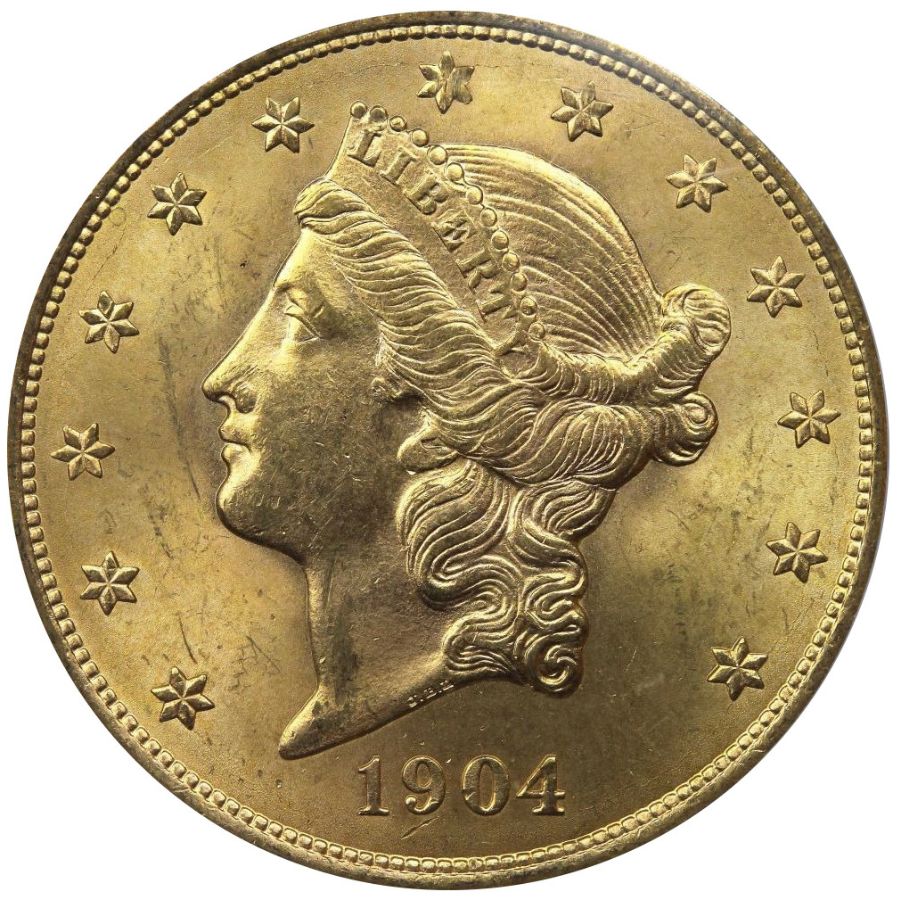
In 1933, during the Great Depression, the United States faced severe economic challenges. To stabilize the economy, President Franklin D. Roosevelt took the country off the gold standard, recalling gold coins from circulation. Among these were the $20 gold “Double Eagle” coins.
Although 445,500 Double Eagles were minted in 1933, none were officially released to the public. Most were melted down, except for two preserved at the Smithsonian Institution. However, ten uncirculated Double Eagles mysteriously vanished from the Philadelphia Mint.
These coins later surfaced in private collections, sparking legal disputes over their ownership. The U.S. government maintained that these coins were stolen property and never legally issued.
In 2003, Joan Langbord and her sons discovered ten such coins in a safe deposit box belonging to her late father, Israel Switt, a Philadelphia jeweler. They sought authentication from the U.S. Treasury, which instead confiscated the coins, asserting they were government property.
The value of the crime today
In 2002, one coin sold at auction for $7.6 million. Experts estimate that if the confiscated coins were ever legally sold, they could collectively fetch around $80 million.
“Burglar to the Stars” Sterling Silver Spree – $15,000,000+

During the late 20th century, a cat burglar named Blane David Nordahl became infamous for targeting the homes of the wealthy across the East Coast of the United States.
Born in 1962, Nordahl had a criminal career spanning several decades. He specialized in stealing antique sterling silverware, often bypassing other valuables. His meticulous approach and keen eye for valuable silver earned him the moniker “Burglar to the Stars.”
Among his notable victims were celebrities like Ivana Trump, Steven Spielberg, and Bruce Springsteen. Nordahl’s method involved extensive research on his targets, ensuring he knew the layout of their homes and the location of their silver collections.
He would often remove panes of glass to gain entry, leaving minimal evidence behind. Despite his careful planning, Nordahl was arrested multiple times throughout his career.
By the early 2000s, authorities had linked him to approximately 150 mansion burglaries across ten states, with stolen silver valued between $3 million to $10 million. His repeated arrests and incarcerations highlighted the challenges law enforcement faced in curbing his activities.
The value of the crime today
Nordahl’s thefts, estimated between $3 million to $10 million during his active years, would be worth approximately $5 million to $15 million today, accounting for inflation and the increasing value of antique silver.
Unsolved Carnegie Museum Diamond Theft – $220,000+

In July 1981, the Carnegie Museum of Natural History in Pittsburgh experienced a significant loss. A pale-yellow, 16-carat diamond from India, valued at $75,000 at the time, was stolen during museum hours.
The gem was part of the museum’s gem collection and was displayed in a busy gallery. This theft was discovered on a Saturday during a routine walkthrough.
Despite investigations, the thief was never caught, and the diamond was never recovered. The case remains one of Pittsburgh’s most famous unsolved art thefts.
The museum eventually replaced the missing gem after the trail went cold. This incident highlights the challenges museums face in securing valuable artifacts and the enduring mystery surrounding unsolved thefts.
The value of the crime today
The stolen 16-carat diamond would be worth approximately $220,000 today, considering inflation and the appreciation of rare gemstones.
Penn Museum’s Crystal Ball Caper – $500,000+

The University of Pennsylvania Museum faced a peculiar theft in 1988. A 49-pound crystal ball, one of the world’s largest, was stolen along with a bronze statue of Osiris.
The crystal ball, reputedly once owned by Dowager Empress Cixi of China, had been a centerpiece of the museum’s Asian collection. The theft baffled authorities due to the object’s size and weight.
Three years later, in a twist reminiscent of a mystery novel, the crystal ball was found in a local woman’s bedroom. She had been using it as decor but covered it after sunlight passing through the crystal started burning her rug.
An FBI sting operation led to the recovery of the artifact, and it was reunited with the museum. This bizarre heist underscores the unpredictable nature of art thefts and the sometimes surprising locations where stolen artifacts resurface.
The value of the crime today
Comparable quartz crystal artifacts of similar size and historical significance can be worth anywhere from $200,000 to $500,000 or more today.
The Great Dime Caper in Philadelphia – $234,500+
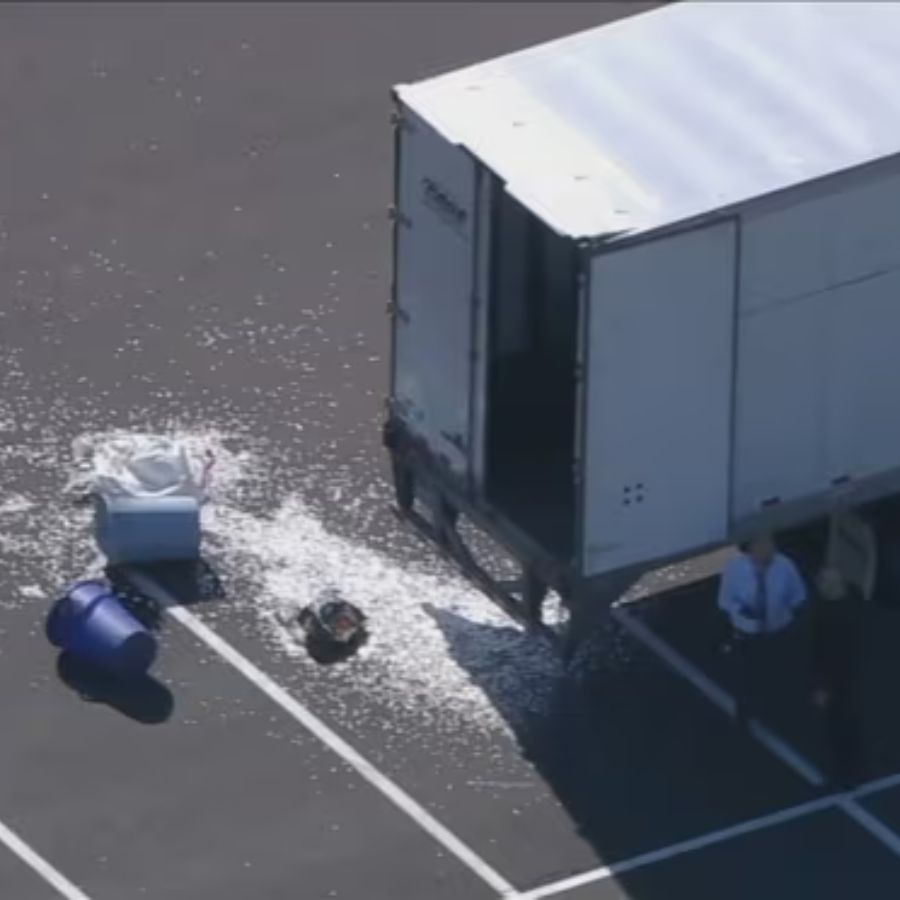
In April 2023, an unusual theft occurred in Northeast Philadelphia. Thieves targeted a parked tractor-trailer at a local parking lot.
The truck was transporting freshly minted coins from the Philadelphia Mint. The criminals broke into the vehicle and stole approximately 2 million dimes, amounting to $234,500.
The heist left piles of spilled dimes glittering on the asphalt, creating a surreal scene. This bold act made headlines due to its scope and the sheer weight of the stolen currency.
Investigators later recovered some of the stolen coins, but a significant portion remained missing. The incident highlighted vulnerabilities in the transportation of currency.
Authorities continue to search for the perpetrators, emphasizing the challenges in tracking such a large quantity of small-denomination coins. The case remains a topic of interest in Philadelphia, reflecting the audacity of modern thieves. The community remains vigilant, hoping for a resolution to this peculiar crime.
The value of the crime today
The stolen 2 million dimes had a total value of $234,500.
Diamond Ring Grab at King of Prussia – $300,000+

In December 2008, a daring theft took place at the King of Prussia Mall, one of the largest shopping centers in the United States. A man entered a jewelry store and expressed interest in a 6-carat diamond ring priced at approximately $300,000.
After examining the ring, he suddenly bolted out of the store, clutching the valuable piece. Surveillance cameras captured the suspect’s brazen escape. He even smashed through a locked glass door to flee. The incident was one of the mall’s most costly jewelry thefts.
The audacity of the crime shocked both shoppers and store employees. The stolen ring’s substantial value made it a high-priority case for local law enforcement.
The value of the crime today
The stolen 6-carat diamond ring was valued at approximately $300,000 in 2008.
South Street Jewelry Store Robbery – $1,000,000+

In August 2011, Philadelphia’s South Street, known for its vibrant culture and bustling businesses, became the scene of a harrowing crime. Armed intruders targeted VIP Jewelers, a well-known establishment in the area.
The assailants broke into the store owner’s upstairs apartment, confronting him at gunpoint. They forcibly restrained him, demanding access to the store’s safe. Under duress, the owner complied, leading the robbers to the valuable inventory.
The thieves proceeded to “clean out four showcases,” seizing nearly $1 million in diamonds, high-end gold pieces, watches, and cash. The swift and calculated nature of the robbery left the community in shock.
Local law enforcement agencies launched an intensive investigation to apprehend the culprits. The community rallied in support of the victim, emphasizing the need for collective vigilance.
Despite the trauma, the store owner showed resilience, working to restore his business. The robbery served as a stark reminder of the potential dangers lurking even in familiar neighborhoods.
The value of the crime today
The stolen items, including diamonds, gold pieces, watches, and cash, were valued at nearly $1 million in 2011.
DeSean Jackson’s Home Burglary – $500,000+

In January 2014, the Philadelphia community was startled by news of a high-profile burglary. DeSean Jackson, a prominent wide receiver for the Philadelphia Eagles, became the victim of a substantial theft. While he was away, intruders broke into his South Philadelphia residence.
The burglars targeted a safe within the home, managing to crack it open. They absconded with approximately $250,000 in cash, $125,000 in jewelry, and two firearms. The total loss amounted to around $375,000.
Jackson discovered the burglary upon returning home after a party. The incident underscored that even celebrities are not immune to upscale theft rings operating in the city. In response, Jackson offered a $50,000 reward for information leading to the arrest and conviction of the perpetrators.
Local law enforcement agencies initiated a thorough investigation to track down the culprits. The case drew significant media attention, highlighting concerns about security and privacy for public figures.
Fans and fellow athletes expressed support for Jackson during this challenging time. The burglary prompted discussions about the importance of advanced security systems in deterring such crimes.
The value of the crime today
The total value of the stolen items, including cash and jewelry, would be worth around $500,000 today.
Allen Iverson’s Jewelry Backpack Theft – $500,000+

In January 2020, Philadelphia 76ers legend Allen Iverson faced an unexpected loss. While at the Sofitel Hotel in Center City Philadelphia, a backpack containing approximately $500,000 worth of jewelry was stolen.
The incident occurred on a Monday morning around 10:30 a.m. in the hotel lobby. Surveillance footage captured a young man, described as approximately 20 years old, thin build, and around 6 feet tall, taking the backpack and leaving the premises.
The suspect was last seen wearing a dark jacket, red shirt, dark pants, and black and white sneakers. Philadelphia police promptly released the surveillance images to the public, seeking assistance in identifying the suspect. The Sofitel Hotel cooperated fully with local authorities during the investigation.
Within a day, a 21-year-old man named Christopher Daniel turned himself in to the police. Daniel was subsequently charged with theft-unlawful taking and theft-receiving stolen property. The stolen jewelry was recovered, bringing a swift resolution to the case.
The value of the crime today
The stolen jewelry would be valued at approximately $500,000 today.


